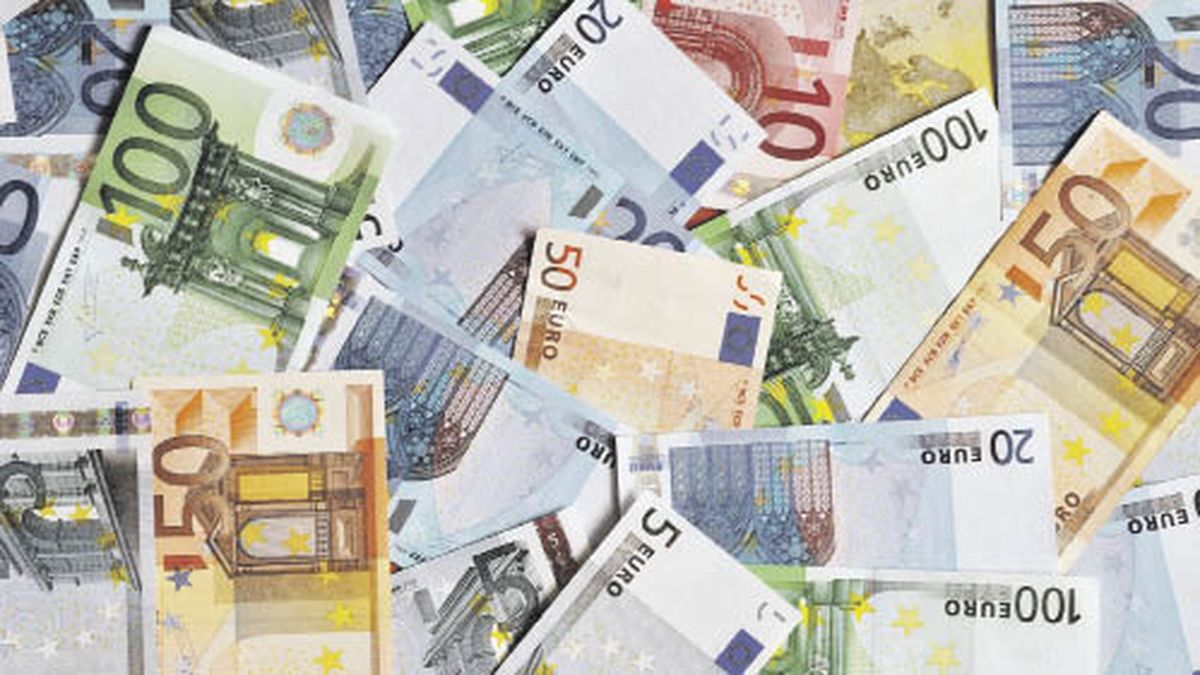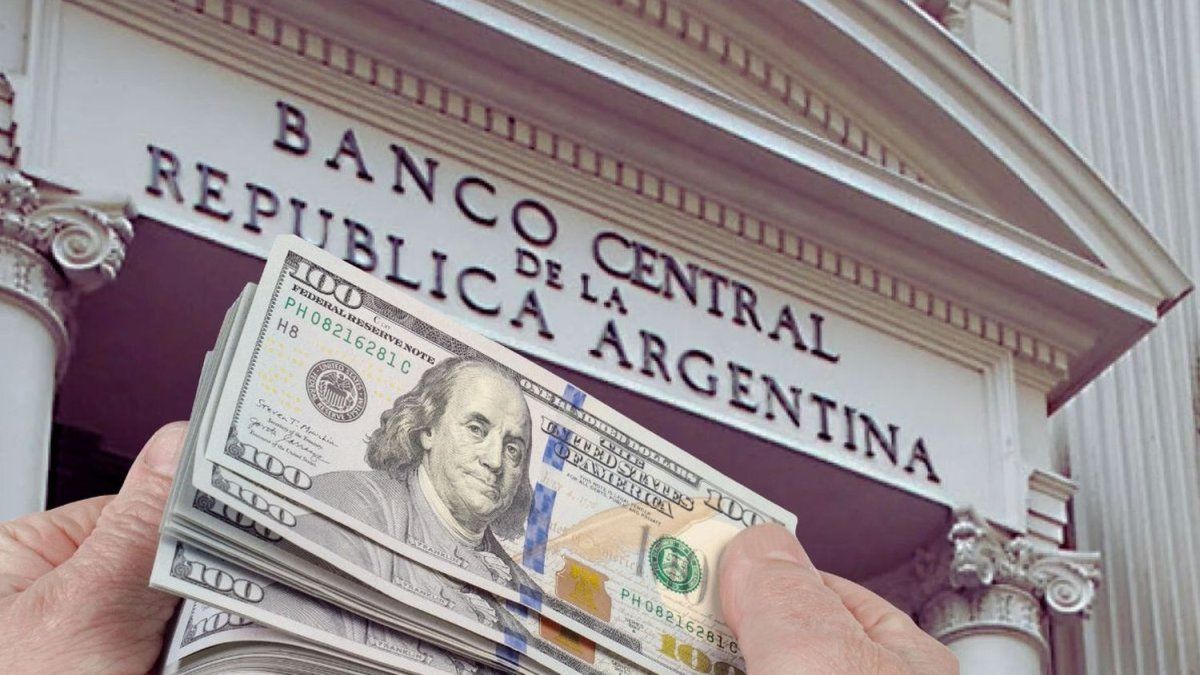The exhibition, curated by Laura Casanovas, ranges from his early engravings from the 1950s, with neo-expressionist forms, to recent paintings, which include portraits of his wife Amanda, his son Ernesto, allegories of life and death, of social struggles throughout the world, and small sculptures such as the one dedicated to Kafka’s nightmares and another to one of the horsemen of the Apocalypse.
“In Galicia, in my father’s town”, he continues, “I made a sculpture with valerian stone: seven blocks and each one of them weighs 10 tons. It is called “The Emigrants” and represents a seed. The seed has genetic memory, just like human beings and peoples. That seed is like a lighthouse, it lights up at night. It is good to return to the origins: I did not know my father’s town; the other part, my mother’s, is Basque. There I learned the meaning of the surname Esquivel: ‘ski’ is summit and ‘vel’ is valley, so that Esquivel is ‘from the summit to the valley’”.
Pérez Esquivel’s interest in art goes back to his very poor childhood. “My father died when I was very young,” he adds, “and the only memory I have of my mother, I was 3 years old, was when one day he pulled me out of bed and showed me, in the sky, something like a big cigar : It was the Graf Zeppelin airship when it passed through Buenos Aires, so that was in June 1934. All the brothers were separated and we went to different asylums. I was in a convent, and there the nuns gave me every beating because I drew all the walls. The caretaker of the asylum, whose name was Josefa and was not a nun, was my first teacher in art. She sat in a corner of the patio and, with a knife, carved wooden figures for the manger. When I made a mess, the only one who calmed me down was Josefa. One day I asked him to teach me how to carve, and so he guided me. I was about seven years old.”
His formal studies began as a teacher, at the School of Fine Arts. “At that time we used to go to La Boca a lot and paint spots, small pictures. We were mischievous, because we did the squares in front of the canteens; so the owners, in exchange for those paintings, brought us sandwiches, food. There we met Quinquela, who invited us to his studio on Sundays to eat noodles. The Caminito de Juan de Dios Filiberto is not what it is now, only for tourism. It was a path of weeds that went to the tracks and the people, when they returned, with their footsteps opened the path. There were corralones, percheron horses that the fishermen carried. My old man was a fisherman. There I met many people, like Alfredo Palacios. Quinquela was the ‘president of La Boca’ and awarded a prize, the Order of the Screw, to outstanding personalities. Palacios had promulgated the law of the chair for women, so that at work women could sit down and not stand for eight hours, and naturally he won the Order of the Screw. The meaning of this award is based on the fact that we all ‘miss a screw’, but the one who is sensible recovers it, and so Quinquela decorated you with a screw in your lapel”.
Pérez Esquivel also remembers how, in La Boca, a social conscience began to be forged in him: “Do you know how the stew was invented?” he asks. “We called the big pot ‘la morocha’ because it was always on the fire and it turned black. Then the neighbors, from the conventillos, from the houses, passed by and left their contribution: a potato, a piece of meat, chicken, beans, everything went to ‘la morocha’. We all ate from the pot. Social work was born spontaneously in me, as a necessity. We worked in the parishes´.
Always through Catholicism? “Not only,” she replies. of ecumenism. Also with evangelicals, or agnostics. And of course, perhaps because of the years I spent with my Guarani grandmother, with the indigenous communities, with whom I continue to work to this day. We held two Language Congresses parallel to the official ones, to defend the native languages. The one in Rosario was attended by two friends who had also been to the other one, José Saramago and Ernesto Cardenal. It is essential to recover the word. The word is energy: with one word we can love and with another destroy, as if it were a weapon”.
At another point in the dialogue we addressed issues such as the Russia-Ukraine war. He arches his eyebrows and says: “Last week I participated in an international zoom on the subject, where a friend of mine, Federico Mayor, who was director of UNESCO, was present. When they asked me for a contribution, I quoted my favorite philosopher, Mafalda. She is in bed and sees the world map tied with string, patches… Then she says the right word: ‘Poor world’. Nothing more. The first casualty of any war is the truth. Now I find out that Julian Assange has also been extradited. We have less than two weeks to reverse that because, if he is extradited, he can be sentenced to 175 years in prison, that is, death.”
The artist and pacifist has been on war scenes, such as Baghdad during the Gulf War. His painting of boys killed during a bombing is exhibited in the exhibition. “My work reflects the horror of this world. In 1981 I gave one to Joan Baez, when she came in 1981 to support me and had a very bad time because they threatened her and suspended her concerts. She just sang for us. A good friend. Art reflects what one is. I am going to follow the series of walls: today there are about 36 walls in the world. The one in Berlin is no longer there but there are others, starting with the one in Mexico and the United States.”
For Pérez Esquivel, without a moment’s hesitation, Biden is worse than Trump. “Biden is worrying because he can lead us to a Third World War. The US is already engaged in that war, and Biden mentioned it.” The Pope also spoke of the same thing. What relationship does he have with the Pope? “Very good, whenever I travel to Rome we meet. But see you in private. No official stuff. He is a man who is doing many things, but others he cannot. This Pope works a lot on ecumenism, interreligious relations”.
The artistic work of Pérez Esquivel, in plastic arts, is socially equivalent to what was, in music, that of the pianist Miguel Ángel Estrella. “Of course I do,” he nods. “The Star Chango. We have been to so many places together. He communicated through Mozart and the chacareras, I through words and images. My wife, Amanda Guerreño, the same; She is a composer and next July 9, at the CCK, she will premiere an opera, ‘La mujer sin nombre’, about a slave from colonial times. Art is part of cultural resistance, it is one of the ways of sustaining identity“.
“The dictatorship did not want to let me go to receive the Nobel Prize, and only after much international pressure did they decide to give me a passport to leave,” he recalls, when we mentioned the subject. “Then I arrived in Paris and there I realized that I didn’t even have an acceptable suit to give the speech. He had a clear one, impossible to take to Oslo to receive the Nobel”. Then, in the manner of a pout but with the clothing, the friends dressed him: “Cacho El Kadri, whom I miss so much, bought me a suit; then a catholic committee an overcoat, and a priest gave me the scarf and the gloves. With that I dared to go. And I returned to Argentina, despite the torture and persecution, I did not want to stay in Europe because my place was here. Therefore, we are survivors, but with hope.”
Have you ever had any internal crisis regarding hope and peace? “Peace is not the absence of conflict.” he warns, “that’s a mistake. Peace is a permanent dynamic of relations between people and peoples. The important thing is the balance. That is a lesson that the indigenous communities in Chiapas taught me, whom I visited so many times. Once they told me that the word development did not exist in their culture but ‘balance’. Balance between people, peoples, Mother Earth, God, and that if one broke that balance, conflict ensued, which is what happens to us. Now we have, for example, climate change. Peace is seeking that balance. It is metaphysical. Heraclitus, 25 centuries ago, said “The health of humanity is the reflection of the health of the earth”.
The curator of the exhibition, Laura Casanovas, maintained that her guide was “to put into perspective the work of a man in whom there is no division between political struggle and artistic expression, but in whom art is not a mere reflection of his other activities but which is autonomous. He expresses things for himself.”
At the farewell, we asked him what he was working on now. “I am doing a mural on Leonardo’s Last Supper. Two women appear, the mother of Christ, Mary, and the Magdalene Y, and all the apostles are contemporaries, companions in the struggle in Latin America: Helder Cámara, Jaime de Nevares, Arturo Paoli, Perico Pérez Aguirre, Sergio Méndez Arceo, etc. The only one I didn’t give a face to was Judas. There are so many that could be there!”
Source: Ambito
David William is a talented author who has made a name for himself in the world of writing. He is a professional author who writes on a wide range of topics, from general interest to opinion news. David is currently working as a writer at 24 hours worlds where he brings his unique perspective and in-depth research to his articles, making them both informative and engaging.




